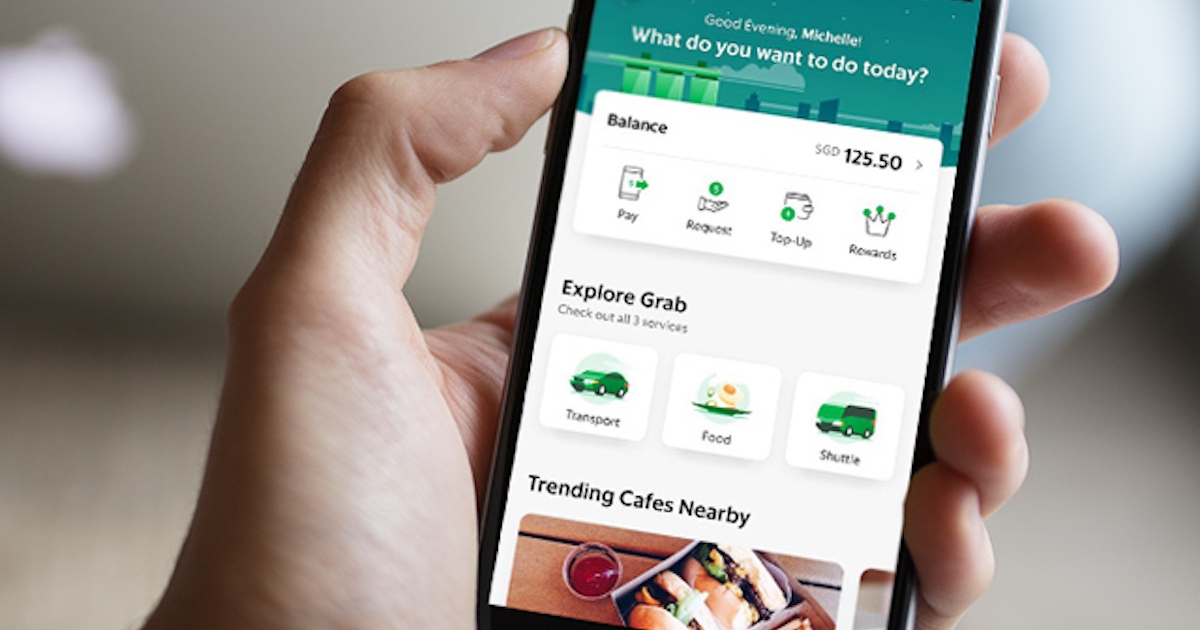Tech firms introduce safety initiatives to prevent digital fraud
 |
| Grab will introduce new features to monitor and react quickly to fraud |
According to Online Fraud Benchmark Report, 1.6 per cent of e-commerce revenue is lost to fraud. This not only results in financial losses but erodes trust in the digital economy. It is clear that Southeast Asia, including Vietnam, is vulnerable to fraud due to low digital literacy rates and with millions of users going online for the first time, they may be unaware of the threats and be more susceptible to things like phishing attacks.
There are about 400 million internet users in Southeast Asia today, 10 p er cent of whom are new users who have come online for the very first time this year, according to e-Conomy SEA 2020 report from Google, Temasek, and Bain & Company.
Opportunistic hackers are taking advantage of the chaotic global crisis to commit even more fraudulent acts. Tactics include collecting payments for fake COVID-19 treatments, tricking internet users into donating to fraudulent charities, and more.
To address this issue, Singaporean multinational ride-hailing company Grab Holdings, Inc. is adding new safety and security features to its platform, including gesture-less verification, crash-detection, and unusual-ride termination features, Grab head of Integrity Wui Ngiap Foo said at an online briefing on Thursday.
A Grab journey has three steps, namely: pre-trip, on-trip, and post-trip. He said Grab has developed safety solutions for each step.
For pre-trip, Grab has developed artificial intelligence or AI-powered facial authentication for driver-partners. They must take real-time selfie for verification before they can go online and receive jobs. This helps to prevent incidents such as unregistered drivers sharing or renting accounts from registered ones. Machine learning models determine if a face is real or not based on movements and lighting.
There is also an authentication feature for passengers before the trip “to protect Grab’s driver-partners.”
In addition, Grab also introduced mask selfie verification during COVID-19 to verify if driver-partners were wearing their masks daily. While users are on trip, Grab looks out for them to make sure they are safe with trip monitoring technology.
Newly introduced this year, the tech helps Grab to detect possible safety incidents by pulling signals from a variety of sources including ride status, GPS, traffic conditions, telematics, and map intelligence to detect if there is an unplanned stop. If a possible safety incident is detected, the app will send a notification to the passenger to ask if he/she is ok.
Meanwhile, Grab platform’s post-trip capabilities include a driving behaviour analysis feature using telematics.
“We send drivers safety reports with safety scores to increase awareness of unsafe driving behaviour and incentivise them to adopt safer behaviour,” Foo explained. “Drivers with a bad driving safety track record will be required to undergo training or otherwise be removed from the platform.”
Thanks to the efforts, Grab has been successful at keeping fraud on its platform under 1 per cent. What the firm has also learned in its experience fighting fraud is that it’s not a battle that one company can fight alone. To make Southeast Asia a digitally safer place it needs to work with other digital platforms as well to lower overall fraud rates in Southeast Asia’s digital ecosystem. Thus, Grab has launched GrabDefence last year.
What the stars mean:
★ Poor ★ ★ Promising ★★★ Good ★★★★ Very good ★★★★★ Exceptional
Related Contents
Latest News
More News
- Climate Finance Accelerator Vietnam begins search for projects seeking investment (December 18, 2025 | 17:22)
- Vietnam and Switzerland conclude SwissTrade (December 17, 2025 | 18:22)
- TECHFEST Vietnam 2025 links startups with policy and capital (December 15, 2025 | 18:21)
- MST to allocate $3.8 billion for sci-tech in 2026 (December 15, 2025 | 18:10)
- Long Thanh International Airport welcomes first Vietnam Airlines test flight (December 15, 2025 | 18:01)
- Health Innovation Hub: accelerating health equity through digital healthcare innovation (December 15, 2025 | 08:00)
- Vietnam’s first AI Law to take effect from March 2026 (December 12, 2025 | 09:00)
- Chi Communications joins SEA CAN alliance (December 11, 2025 | 17:39)
- New Law on High Technology sets incentives and safeguards (December 11, 2025 | 09:00)
- IBTE 2025 to return to Ho Chi Minh City this December (December 11, 2025 | 09:00)

 Tag:
Tag:




















 Mobile Version
Mobile Version